Pearl is one of the most simplified high level-programming languages that quite resembles C and C++. Still, it is somehow better because of its rapid development cycle and downloadable pearl modules, which are the same as libraries in Java and C++. You must install the relative function on your system to use a particular function.
In this article, we will discuss the only method used wherein the Pearl Modules could be installed on your system.
Installing Pearl Modules on Debian 11
To install the Pearl Modules on your system, follow these steps.
Step 1: Become root
To avoid complications like permissions, use the following command to become root and then insert the user password. Don’t worry if you can’t see anything being typed because it may not show the typing, but it is being done. So enter your password, then hit the “enter” button.
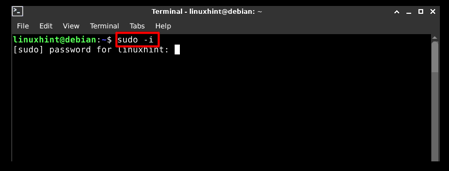
Step 2: Install Pearl on Debian 11
By executing the following command in the terminal, you can install Pearl on Debian 11.
And it will download and install the Pearl on your system if it is not yet installed.

Step 3: Update the System Repositories
The System Repositories need to be updated, and it can be done by using the following command:
Step 4: Install CPAN
CPAN is a repository through which you can install all Pearl Modules on your system, which can be installed using this command.
You need to press “Y” and then the Enter button to begin the process when prompted, as seen in the following image:
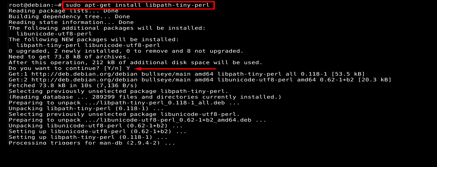
Step 5: Launch CPAN
When you execute the command provided, the CPAN interface will open.
Once you execute the command above, a message will appear asking for automatic configuration. It is highly recommended to keep it automatic unless you are an expert; type “Yes” and then press “Enter” to go with the default configuration.
It will take a few seconds and will become ready to be used.
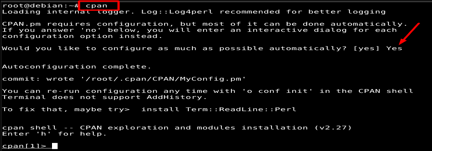
You can get more help by Entering “as seen in the image”.
Step 6: Install the Required Pearl Module.
There is a wide variety of Pearl Modules available at http://www.cpan.org/modules/index.html. All you need to do is select anything from it and type the name of it as shown below:
We chose Bio-Glite, and the method to type the name shown below:
It would be best to be careful while typing because mistakes will lead to errors until you correctly add the name.
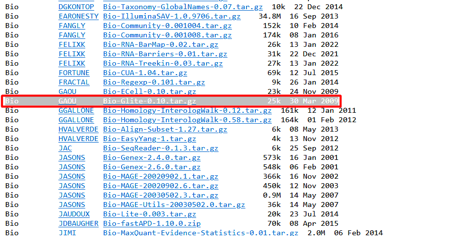
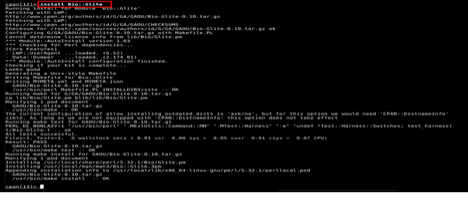
Step 7: Exit the Wizard
Once you install the required Pearl modules, type “exit” and press Enter key to exit the wizard.

Conclusion
Almost every high-level programming language has libraries or modules, and Pearl is one of them. Using these modules, you can do wonders as they provide you with functions that are required in different aspects, and their number is enormous, which makes the Pearl one of the easiest to learn out there.
Today, we installed Pearl and shed light on the installation of Pearl Modules. Following the step-by-step guide makes it easy to install any module using the CPAN repository.
from https://ift.tt/eDSVhrM





0 Comments